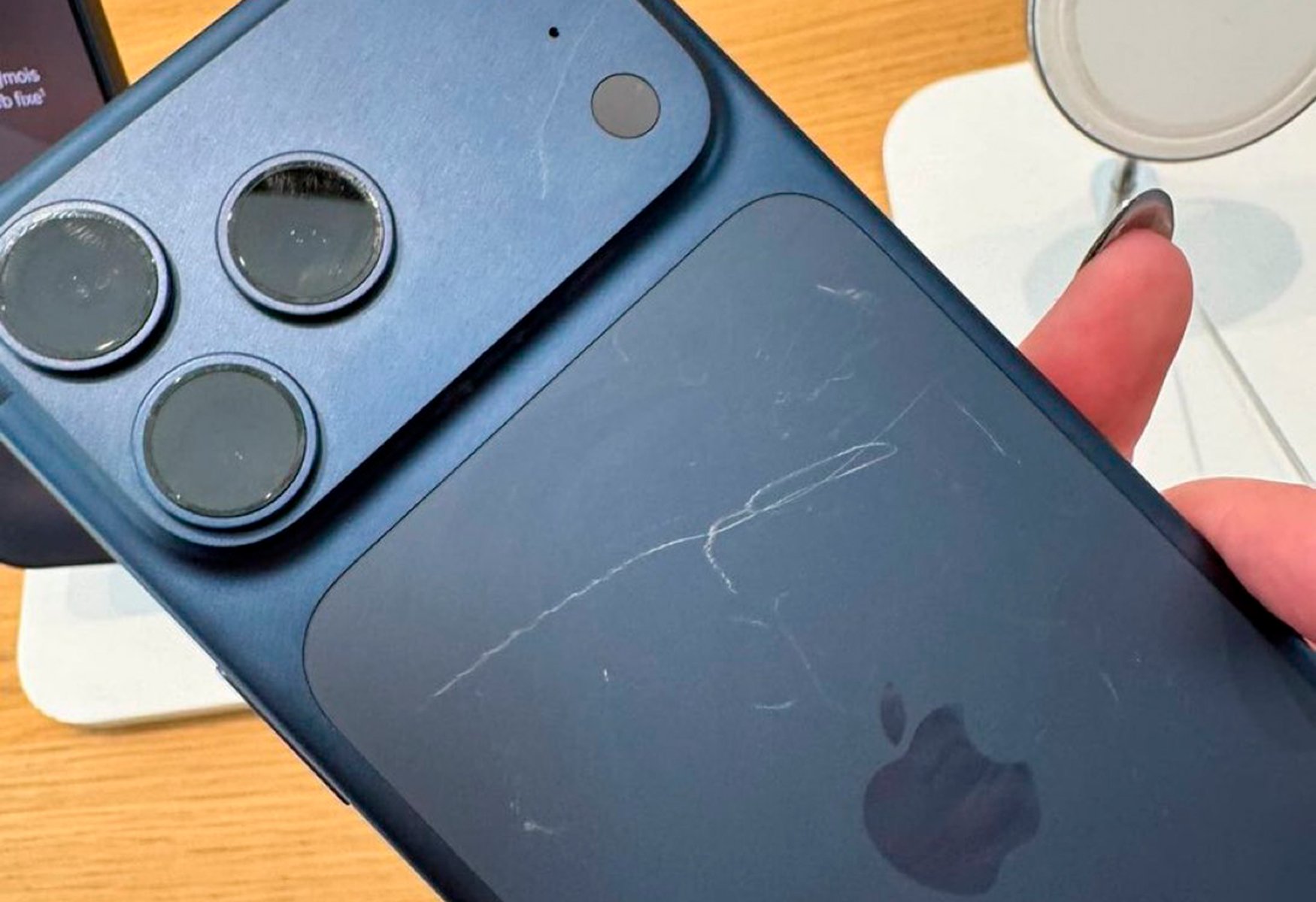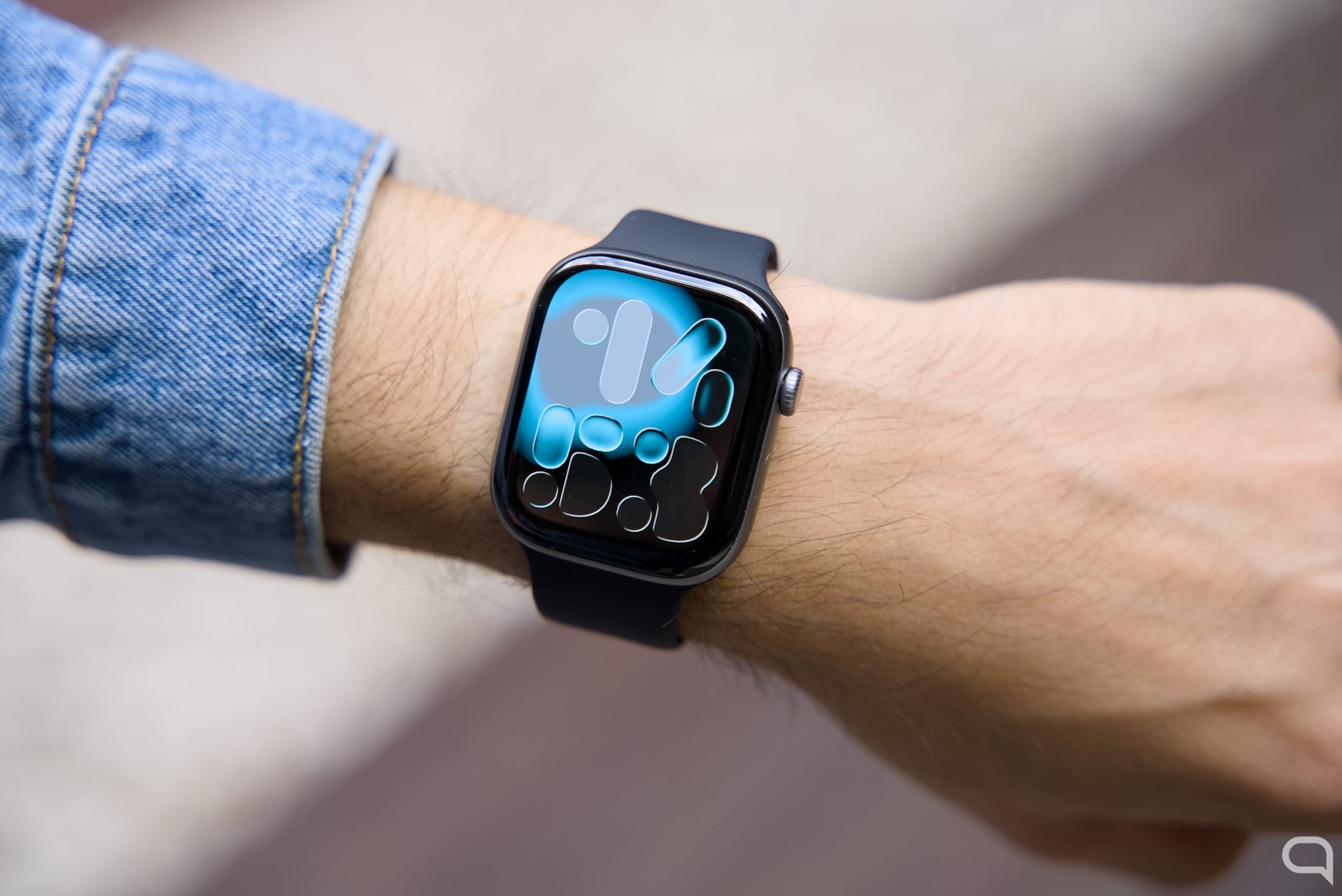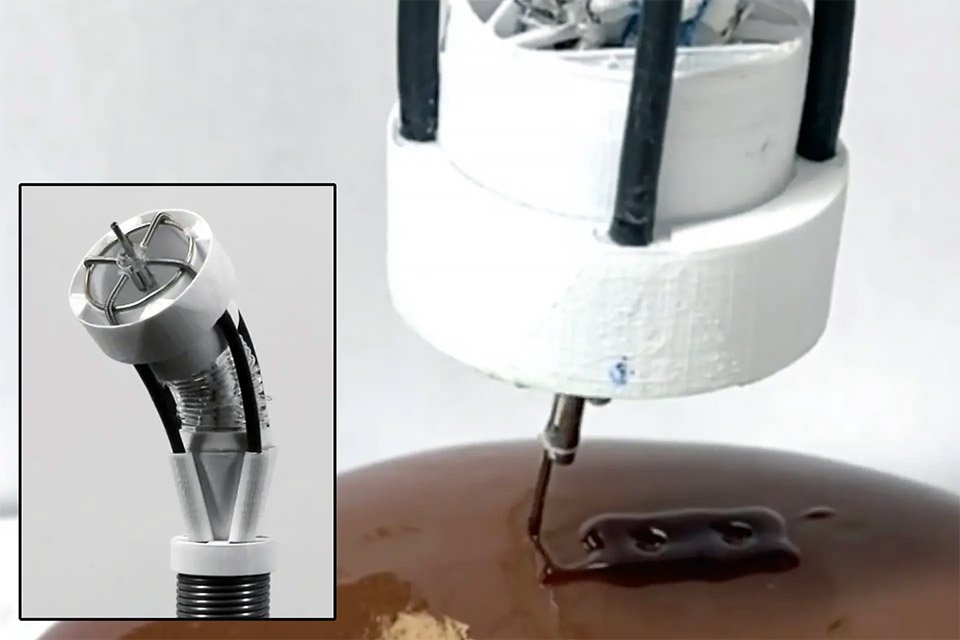Researchers at the University of New South Wales, Sydney, Australia, recently presented a new 3D bioprinter model. in place (prints directly on the patient’s body) multifunctional and flexible: F3DB. The difference is the degree of mobility and softness of the print head once integrated into a flexible robot arm.
The integration between the printer and the medical device has made this device the first of its kind to print directly on organs and tissues inside the human body, instead of creating the organ outside for later implantation. In addition, the F3DB can be used as a complete surgical and endoscopic tool.
According to research published in the journal Advanced Science Last month, the new system has the potential to accurately reconstruct three-dimensional wounds in the body, such as stomach wall or colon injuries. In addition, the equipment overcomes some of the limitations of traditional bioprinters, such as surface mismatches between the printed material and the real organ, as well as structural damage when handling the artificial organ.
Print in the body
To test their hypothesis, the researchers ran the robotic arm of the new bioprinter inside an artificial column. They then 3D-printed various materials with different shapes on the surface of a pig’s kidney. The team estimates that five to seven years from now, doctors will be able to use the technology to access hard-to-reach areas inside the body through small cuts in the skin or natural body openings.
The smallest F3DB prototype ever produced has a similar diameter to current commercial therapeutic endoscopes (about 11 to 13 mm), meaning it is small enough to be inserted into the human gastrointestinal tract. However, according to the researchers, these sizes could be further reduced for medical uses in the future.
Finally, to test the feasibility of the new technology, the team analyzed the cellular activity of the living biomaterial after implantation with the new technique. in place. The results showed that the cells were unaffected by the process: Most were still alive after printing as well as continuing to grow for the next seven days. Counting one week after printing revealed four times as many cells.
Source: Tec Mundo
I’m Blaine Morgan, an experienced journalist and writer with over 8 years of experience in the tech industry. My expertise lies in writing about technology news and trends, covering everything from cutting-edge gadgets to emerging software developments. I’ve written for several leading publications including Gadget Onus where I am an author.













